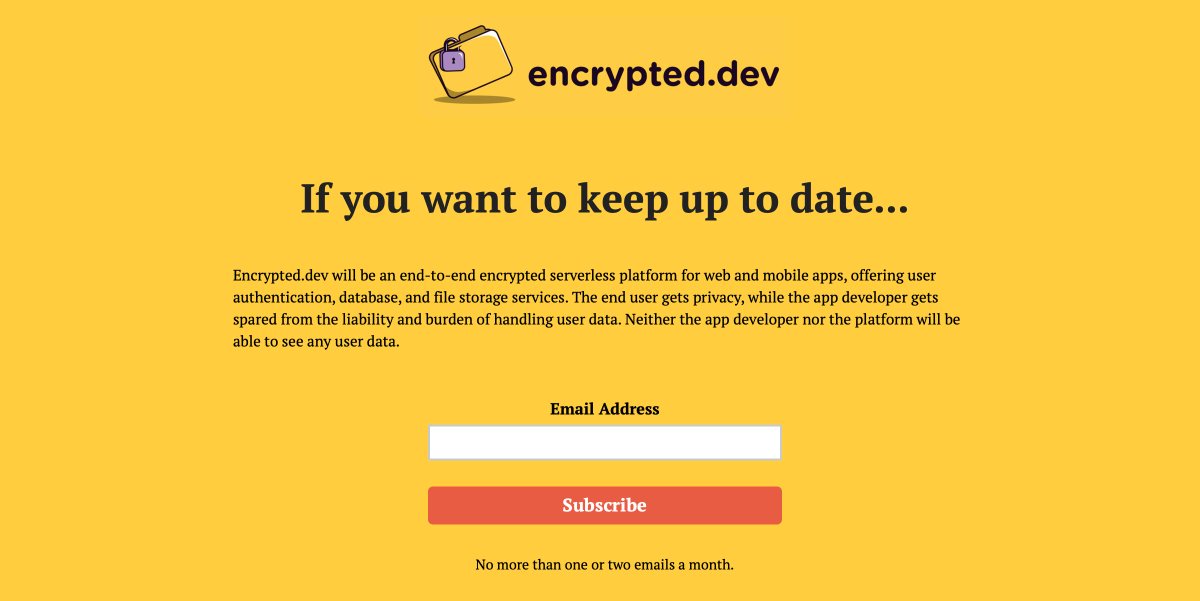1. The system is designed to filter “bad” content, and “bad” means different things to different people.
2. Even if the service provider is decent, bad actors can slip inappropriate content into the DB.
Keep Current with Matthew Green
This Thread may be Removed Anytime!
Twitter may remove this content at anytime, convert it as a PDF, save and print for later use!

1) Follow Thread Reader App on Twitter so you can easily mention us!
2) Go to a Twitter thread (series of Tweets by the same owner) and mention us with a keyword "unroll"
@threadreaderapp unroll
You can practice here first or read more on our help page!











